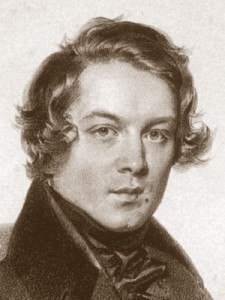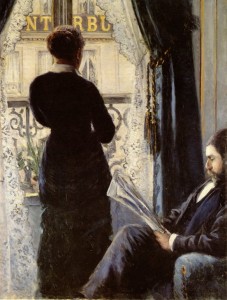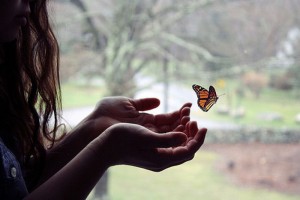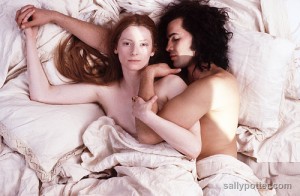January 18, 2013
Rachmaninov – Symphonic Dances – Op 45 – 1/5
The Symphonic Dances Rachmaninoff can be set to music with a piano. They have a structure to our ears, can they be understood in an abstract manner, imagining tone and timbre in the percussion (heart), on the breath (lung) and the key (skeleton).
And just because they maintain a distance from the word, and also by the specific noise of an instrument, we, as in the act of writing poetry, through language, our bodies and the mutual feelings that we express in emotions, we transform them in flesh and blood, a common feeling.
And then we dance between these schemes.

Image taken from HERE
We start from the first dance. Do not cheerful: the impact of three descending notes, which forms the basis of the movement, makes its way into pianissimo strings, and then it emerges with rhythmic aggression. The sound of the oboe leads to the transition of the middle section; the alto saxophone states the bad mood; the melody is then taken up by the violins, before returning to the initial section that we called rhythmic dynamism; and the movement is switched off in the same way of com it was started.
We wake up feeling the three notes, our body resumes its forms and it swims in the black vortex that runs on the same without screwing on a fulcrum.
The Scream is the transition to the saxophone.
The tormenting sigh invokes the arches, like the wings of glass, they branch out in polymorphic structures. And we begin again, waiting for the next movement, we being chained in the final rate order not to disperse the memory of self-image.
To listen Symphonic Dances Press Here









